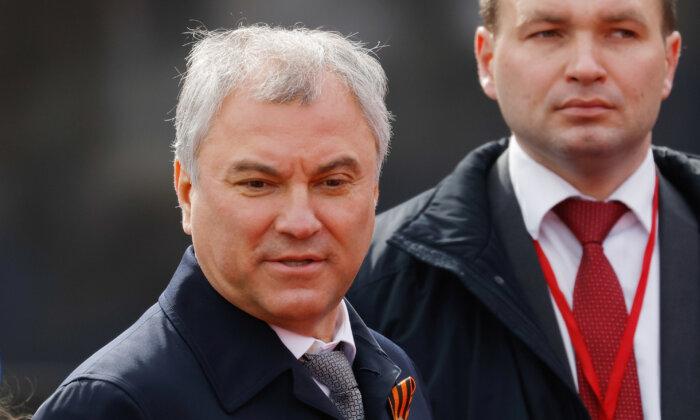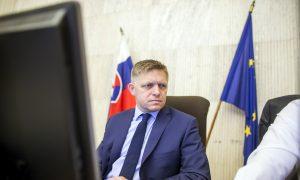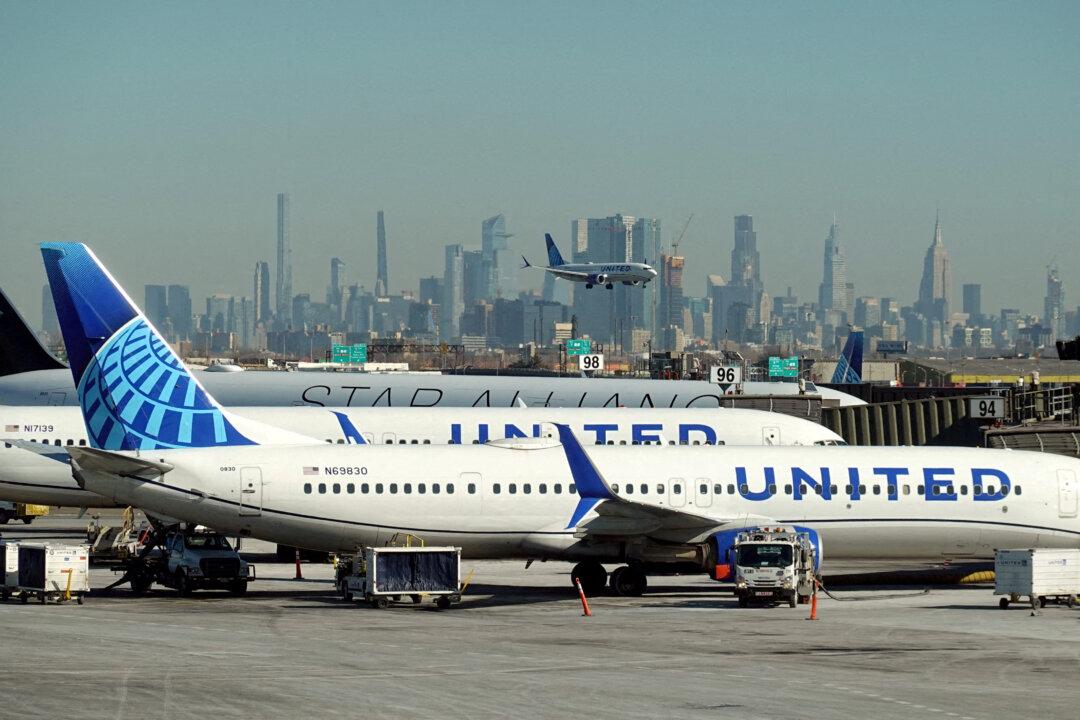MOSCOW—Russia indicated on Friday that it was moving swiftly towards revoking its ratification of the Comprehensive Nuclear Test Ban Treaty (CTBT) after President Vladimir Putin held out the possibility of resuming nuclear testing.
Mr. Putin said on Thursday Russia’s nuclear doctrine did not need updating but that he was not yet ready to say whether or not Moscow needed to resume nuclear tests.
The Kremlin chief said that Russia could look at revoking ratification of the CTBT as the United States had signed but not ratified it.
Russia’s top lawmaker, Vyacheslav Volodin, then said the State Duma lower house of parliament would swiftly consider if there was a need to revoke Russia’s ratification of the treaty.
The comments by Mr. Putin and Mr. Volodin suggest that Russia is seriously considering revoking ratification of the treaty, which bans nuclear explosions by everyone, everywhere.
Kremlin spokesman Dmitry Peskov said the point would be to achieve a “common denominator” between Russia and the United States. “This does not constitute a statement of intention to conduct nuclear tests,” he told reporters.
However, Mr. Putin had signaled that possibility in his comments on Thursday. “As a rule, experts say, with a new weapon—you need to make sure that the special warhead will work without failures,” Mr. Putin said.
A resumption of nuclear tests by Russia, the United States, or China could indicate the start of a new nuclear arms race between the big powers who stopped nuclear testing in the years following the 1991 collapse of the Soviet Union.
For some scientists and campaigners, the splurge of nuclear bomb testing during the Cold War indicated the folly of nuclear brinkmanship which could ultimately destroy humanity and contaminate the planet for hundreds of thousands of years.
But the Ukraine war has raised tensions between Moscow and Washington to the highest level since the 1962 Cuban Missile Crisis just as China seeks to bolster its nuclear arsenal to accord with its status as an emerging superpower.
Russia currently has around 5,889 nuclear warheads, compared with 5,244 for the United States, according to the Federation of American Scientists. China has 410 warheads, France 290, and Britain 225.

Nuclear Testing?
Between 1945 and the 1996 Comprehensive Nuclear Test-Ban Treaty, the United Nations has said, more than 2,000 nuclear tests were carried out—1,032 by the United States and 715 by the Soviet Union.The Soviet Union last tested in 1990 and the United States in 1992. But signs have emerged that testing could resume.
Mr. Putin said on Thursday Russia had successfully tested a nuclear-powered and nuclear-capable cruise missile—the Burevestnik—whose capabilities he has called unmatched.
China is building hundreds of intercontinental ballistic missile silos, according to the 2023 Annual Threat Assessment by the U.S. intelligence community.
Washington says China is reorienting its nuclear posture for strategic rivalry with the United States and is not interested in any arms control agreements which lock in U.S. or Russian nuclear dominance.
“China and Russia are seeking to ensure strategic stability with the United States through the growth and development of a range of weapons capabilities, including non-traditional weapons intended to defeat or evade U.S. missile defences,” according to the U.S. threat assessment.
“Consequently, these new technologies probably will challenge the way states think about arms control, and we expect it will be difficult to achieve agreement on new weapon definitions or verification measures, particularly at the multilateral level.”







